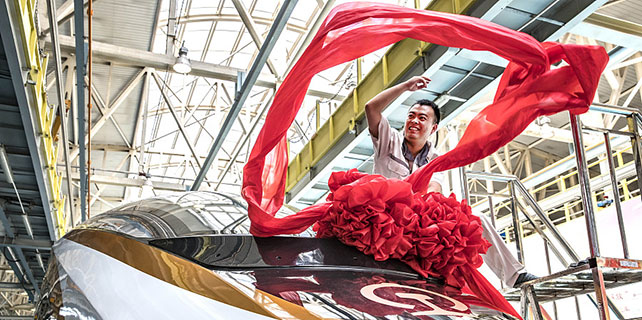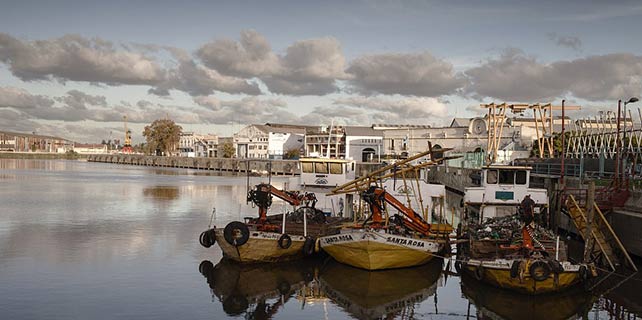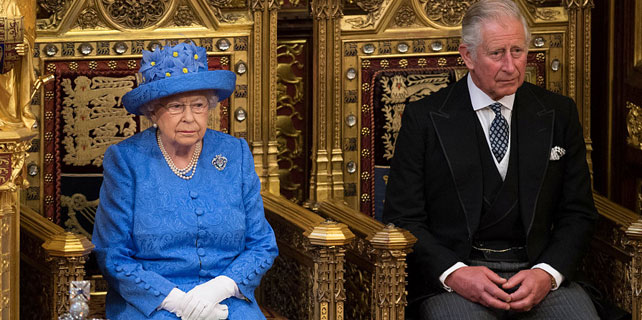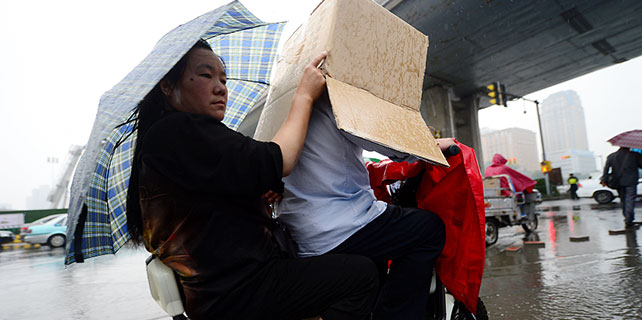City tourism chiefs look for greater sustainability
Authorities considering ways to boost tourist numbers and help the industry overcome a downturn in visitor arrivals, as Oswald Chan and Luis Liu report from Hong Kong.
In the past 20 years, tourism has emerged as the fastest-growing pillar of Hong Kong's economy, boosted by a rise in the number of visitors from the Chinese mainland.
However, having seen a recent fall in visitor numbers, the city has little room for complacency. Looking forward, the industry envisions a trajectory of balanced, healthy and long-term growth through diversified tourism products and sources of visitors.
Last year, the number of mainland tourists to Hong Kong ballooned to 42.77 million, roughly 18 times higher than the 2.36 million recorded in 1997, according to statistics released by the Hong Kong Tourism Board. Mainland visitors now account for about 76 percent of all tourists to Hong Kong.
The watershed occurred in January 2002, when the quota imposed by the Hong Kong Tour Group Scheme for Mainland Visitors was abolished by the central government.
Since July 2003, the Individual Visit Scheme, which allows residents of designated mainland cities to visit Hong Kong as independent travelers without joining group tours, has been gradually extended and now covers 49 mainland cities. The program was introduced to revive Hong Kong's economy, which had been battered by an outbreak of SARS.
In recent years, the explosive growth in the number of tourists from the mainland following the launch and progressive extension of the Individual Visit Scheme has seen the tourism sector become the fastest-growing component of the city's GDP.
Tourism is Hong Kong's smallest GDP pillar, but it outperformed the others - trading and logistics, financial services, and professional and producer services - growing 161 percent between 2002 and 2012, according to research released by the Legislative Council Secretariat in February 2015. The report showed that the number of people employed in the sector rose by 76 percent between 2002 and 2012.
In 2002, tourism accounted for 2.9 percent of the city's GDP in terms of added value, but the proportion almost doubled to 5 percent in 2015, according to Hong Kong's Census and Statistics Department.
Travel was also the largest component of the city's exports of services, accounting for 34.6 percent of the total value in 2015, while net travel exports contributed HK$101.5 billion (88.77 billion yuan) to the city's invisible trade surplus in the same year, according to the department.
Setbacks
The development of tourism in Hong Kong has experienced some setbacks. The sector saw a downturn as visitor arrivals from the mainland faltered after 2015 - total visitor arrivals dipped 4.5 percent last year, having already fallen 2.5 percent in 2015.
In line with the downturn in the number of visitors from the mainland, a decline in retail sales has accelerated since 2014. The value of retail sales fell 0.2 percent in 2014, dipped 3.7 percent in 2015 and dived 8.1 percent last year.
Headwinds such as the Chinese mainland's economic slowdown, changes in mainland travelers' spending patterns from luxury goods to daily necessities, intensifying competition from other destinations, stresses on tourist-handling capacity and a lack of new visitor attractions have been cited as reasons for the city's lackluster tourist sector.
Last year, total tourism expenditure associated to inbound tourism amounted to HK$296 billion, a year-on-year decline of more than 10 percent, according to data from the Hong Kong Tourism Commission.
"Exports of travel services also saw further relative improvements, reflecting the continued recovery in visitor arrivals. However, tourist spending has yet to resume growing, probably constrained by currency movements and changing patterns of tourist spending," said acting government economist Andrew Au Sik-hung, when he announced Hong Kong's first-quarter economic growth figures last month.
A research note published by Daiwa Capital Markets last month said, "Service exports are not so impressive because this part of external demand is mostly related to spending by mainland visitors."
A silver lining emerged early this year, following a two-year correction. In the first quarter, visitor arrivals to Hong Kong rose 3.7 percent year-on-year, with the number of mainland visitor rising 3.8 percent year-on-year, after falling 6.7 percent last year, according to data from the Hong Kong Tourism Board.
Despite the recent rebound, academics said the city must develop high-end tourism to make the development of the industry more sustainable.
"It's high time for Hong Kong to explore high-end tourism, instead of keeping the current system running," said Song Haiyan, associate dean and chair professor at the School of Hotel and Tourism Management at the Hong Kong Polytechnic University.
"Hong Kong must use its unique gifts to break the stereotype of being a shopping destination packed with low-end tour groups."
Untapped culture
According to Song, the city has great potential in both cultural and green tourism, which are largely untapped.
With regard to cultural tourism, Song suggested the administration step up efforts to attract more art lovers to the city's world-class art performances by offering greater convenience.
The Commerce and Economic Development Bureau said more than 8,000 performing art shows are staged every year, attracting audiences of more than 3 million annually. The number suggests that the average Hong Kong resident watches 0.4 shows per year, but the figure has remained almost unchanged since 2010, indicating room for improvement.
Hong Kong's educational features have also barely been harnessed as tourist attractions. Last year was the 150th anniversary of the birth of Sun Yat-sen, a revered revolutionary leader who played a pivotal role in overthrowing imperial rule in China. However, the date went almost unmarked because the city government has failed to explore opportunities to work with educational institutions and create historical tours.
Green tourism is another untapped area. The Agriculture, Fisheries and Conservation Department said Hong Kong hosts around 90,000 migratory birds - from about 380 species - every winter. Meanwhile, the Hong Kong Wetland Park gives the city an advantage when attracting ornithologists and curious children from the mainland and beyond to enjoy these natural wonders.
However, the Wetland Park has no plans to develop those activities into tourism products, according to the department, which organizes the Bird Watching Festival. And so far, no feasibility report has been drawn up about developing the Hong Kong Wetland Park as a tourist attraction, according to the city government's public documents.






















